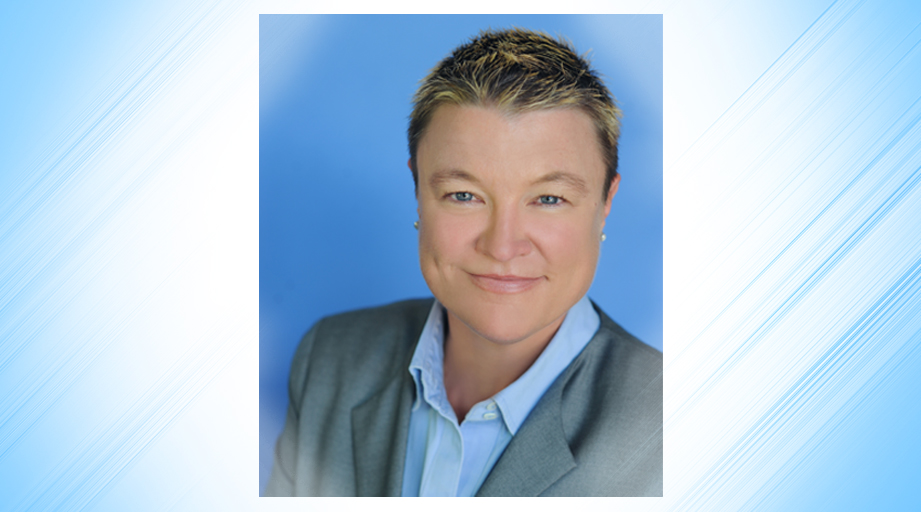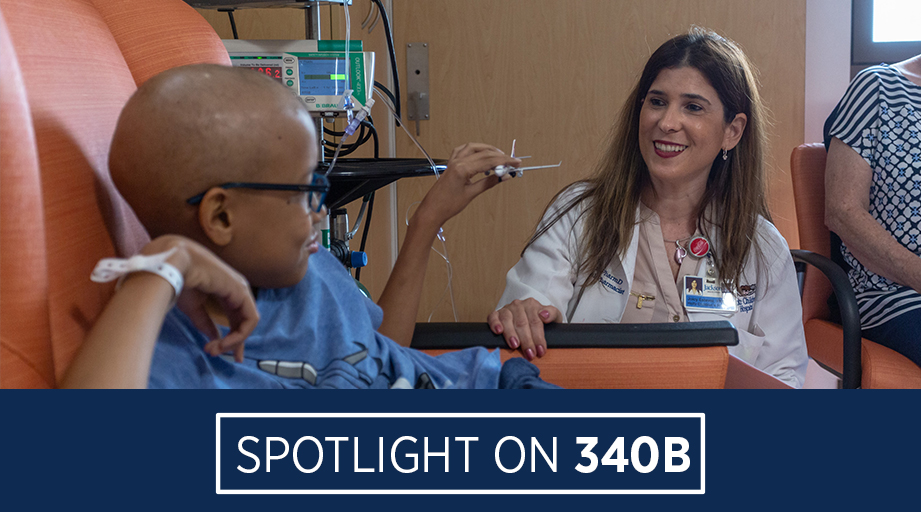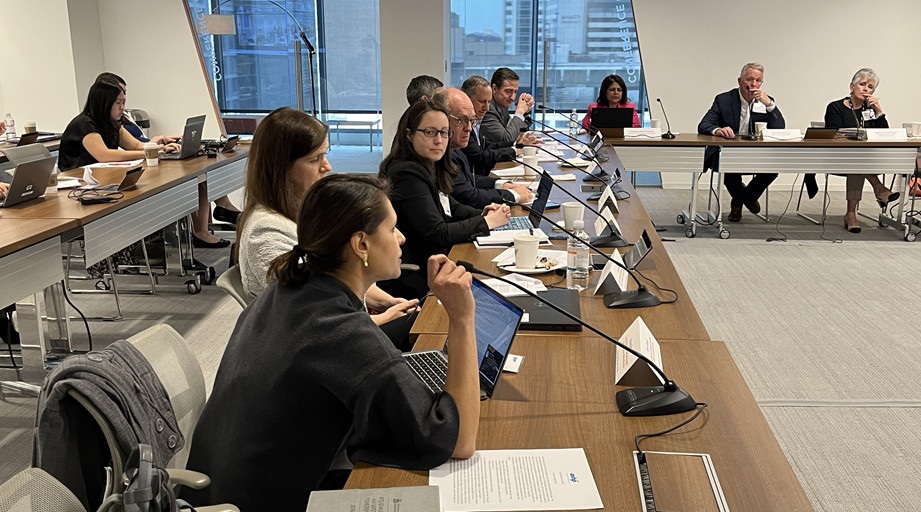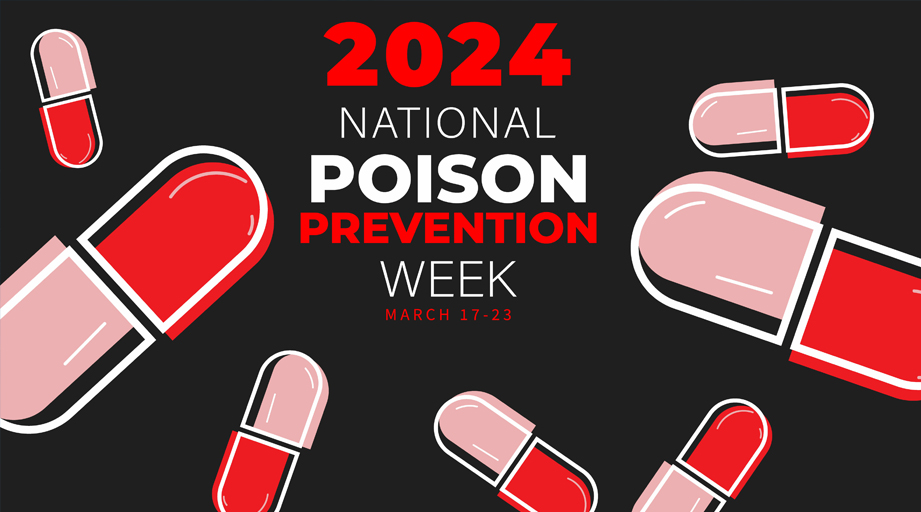
ASHP’s Pharmacy Executive Leadership Alliance (PELA®) convened Nov. 4 for the group’s third virtual event, Hospital at Home and Alternate Sites of Care: Leading Pharmacy Services in a Shifting Landscape. The meeting brought together pharmacy executives and experts from across the country to strategize on how pharmacy can best contribute to the expansion of acute-level care beyond hospital walls.
The event extended discussions of the topic that took place during ASHP’s 2021 Policy Week activities in September.
ASHP Chief Executive Officer Paul W. Abramowitz, in his opening remarks, emphasized ASHP’s commitment to supporting the full integration of pharmacy services in hospital-at-home care models.
“We’re looking ahead at ways to help create the future and lead through these innovative models to ensure that optimal medication therapy outcomes are achieved,” Abramowitz said. “ASHP’s member groups, government relations, and policy development processes are all aligning to support the necessary infrastructure needed to help you and to continue advancing pharmacy practice.”
PELA was created by ASHP for chief pharmacy officers and multihospital system pharmacy executive leaders who face distinct challenges working within highly complex vertically and horizontally integrated networks and multihospital health systems.
The November PELA event featured remarks from Admiral Rachel L. Levine, M.D., assistant secretary for health at the U.S. Department of Health and Human Services (HHS). Levine said that during her term as Pennsylvania’s secretary of health, she authorized pharmacists to dispense naloxone without a prescription and boost childhood vaccination rates.
She emphasized that pharmacists are recognized in the Public Readiness and Emergency Preparedness Act as important extenders of hands-on patient care. ASHP advocated for provisions in the act and its amendments that authorize pharmacists to provide direct patient care related to the COVID-19 pandemic.
“I am excited to be here for this important meeting. I have a lot of enthusiasm for the opportunity to work with pharmacists to improve access to care,” Levine said. “I have several pharmacists on my team and value the different perspectives that they bring.”
In July, ASHP leaders met with Dr. Levine and her HHS team to discuss several issues of importance to ASHP members.
During the November PELA event, ASHP President Linda S. Tyler said new options to provide acute care in the home are emerging alongside changing site-of-care restrictions from payers and strong patient preferences for in-home care.
“We now have the opportunity to design practice models that allow eligible patients to be treated for acute illnesses in their homes,” Tyler said.
She said these factors “create opportunities for pharmacy executives to innovate around expanding or establishing services that will preserve and grow the pharmacy enterprise and also allow us to manage the patient journey and medication use across the continuum of care.”
Participants exchanged views on four main objectives:
- Strategic and tactical decisions pharmacy executives face as they identify ways to adapt pharmacy services
- Challenges and opportunities to manage total cost of care and consumer preferences influencing shifts from traditional care locations to patient homes and alternative sites of care
- Areas of innovation and disruptors that health systems must prepare for or adopt to maintain marketplace competitiveness and enterprise sustainability
- Regulatory and payer models affecting long-term planning for the implementation of new health-system practice models and patient access
Keynote speaker David M. Levine, M.D., general internist at Mass General Brigham and leader of the organization’s hospital-at-home service, described how the program serves patients with more than 75 diagnoses that are traditionally managed in a general medical ward. Common diagnoses include infections, heart failure, and complications of chronic obstructive pulmonary disease, asthma, and diabetes. The Mass General Brigham team is even able to monitor atrial fibrillation with right ventricular failure at home, thanks to the availability of cardiac monitoring equipment.
“Patient selection is the critical thing,” Levine emphasized. “Home hospital is not for every patient.”
Levine said the program relies on the inpatient pharmacy group to provide critical medication management services to hospital-at-home patients. This care is fully integrated into the health system’s electronic medical record system.
Levine said hospital-at-home programs are thriving, with nearly 200 in operation in the past year. But he cautioned that the existence of the programs depends largely on a November 2020 Medicare waiver, in effect for the COVID-19 emergency, that allows hospitals to manage some around-the-clock care remotely.
The waiver “essentially created a [hospital-at-home] regulatory framework and a payment mechanism for the very first time,” Levine said. He noted that advocacy is needed to extend the waiver provisions beyond the pandemic and prod more health-system executives to green-light hospital-at-home services.
“I think there are a lot of health systems that are waiting to see if this will become permanent,” Levine said.
But experts who spoke during an afternoon session emphasized that hospital capacity, not payment for services, drove their organizations to establish home-based acute care services.
“We are busting at the seams,” said Michael Cotugno, director of pharmacy patient care services at Brigham and Women's Hospital. “We’re trying to care for these patients, and we don’t have the beds.”
Margaret Peinovich, senior pharmacy manager of operations for Mayo Clinic Health System in Eau Claire, Wisconsin, noted that hospital-at-home services are far less costly than building out a new acute-care wing. And Mitra Z. Gavgani, vice president of community, infusion, and specialty pharmacy services for the Johns Hopkins Home Care Group in Baltimore, Maryland, expects the value of hospital-at-home care to be measured in cost avoidance, not direct revenue, as the aging baby boomer generation strains hospital capacity.
“No health system is ready for the influx of potential volume that will come” from that, she warned.
The meeting featured 10 breakout sessions. Discussion topics included pharmacy’s involvement in attendees’ hospital-at-home services; technological and policy-related barriers and solutions; medication safety; interactions with payers; revenue opportunities; and pharmacy staffing and flexible care opportunities.
An overview of the event’s findings will be released in an upcoming executive summary.
Summaries of PELA's Oct. 29, 2020, inaugural summit, Opportunity for Pharmacy Leadership and Innovation: Shifting from Recovery to Reimagining, and the May 11, 2021, Telehealth Innovations conference, are available at the PELA webpage at ASHP.org.
[This news story will appear in an upcoming issue of AJHP.]








